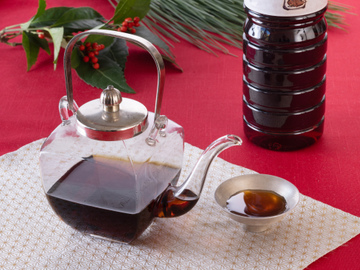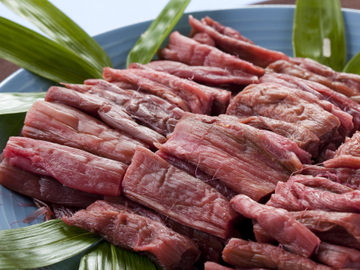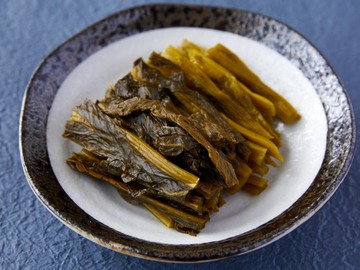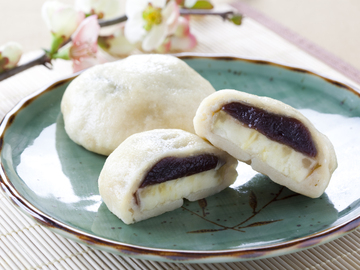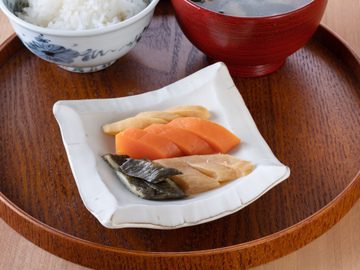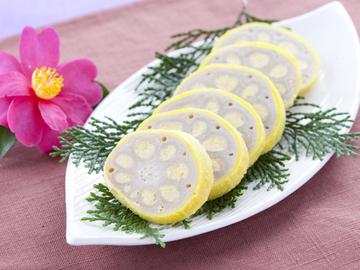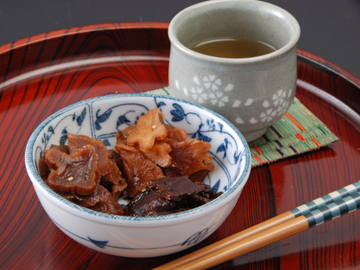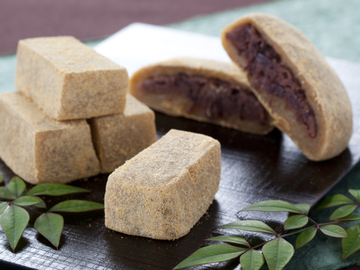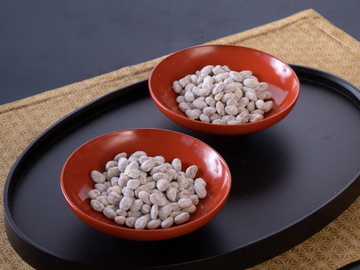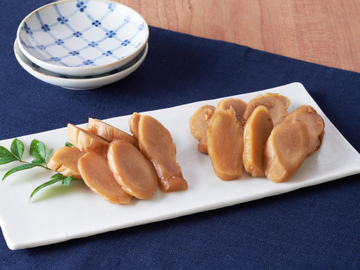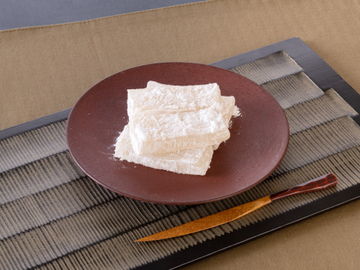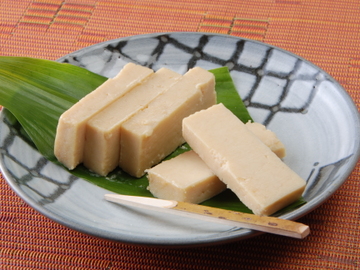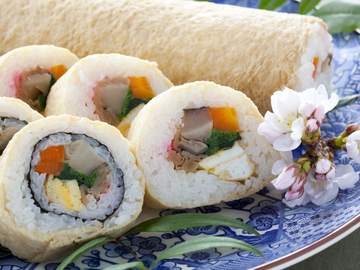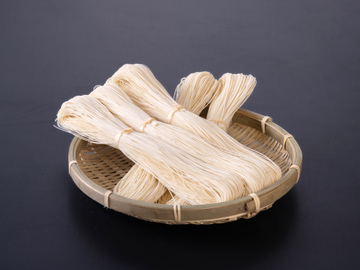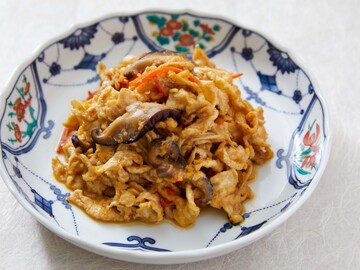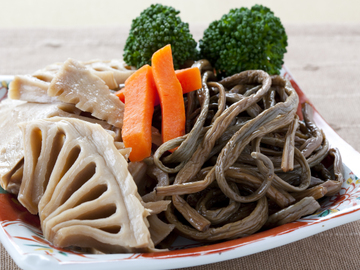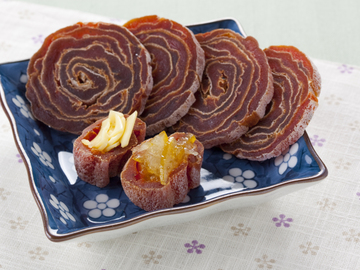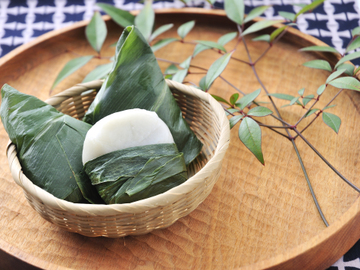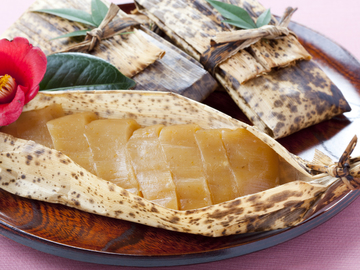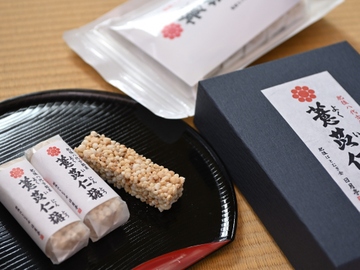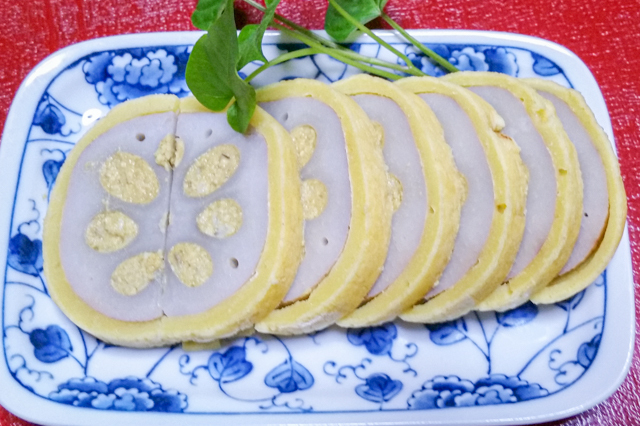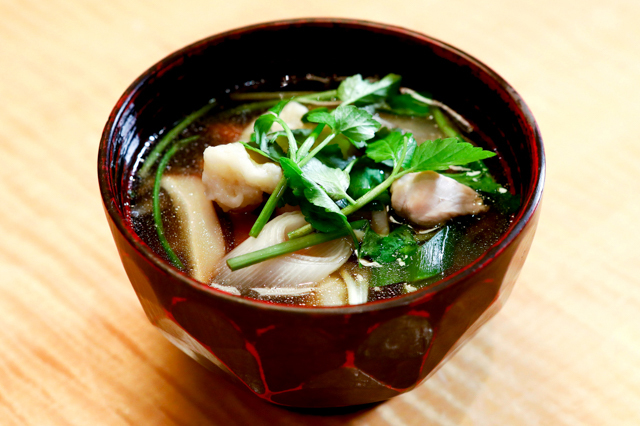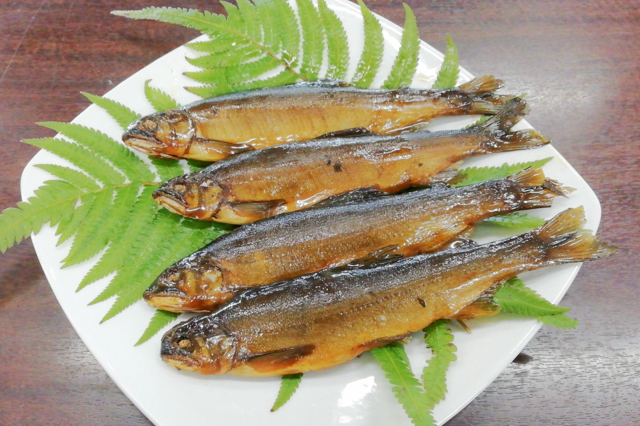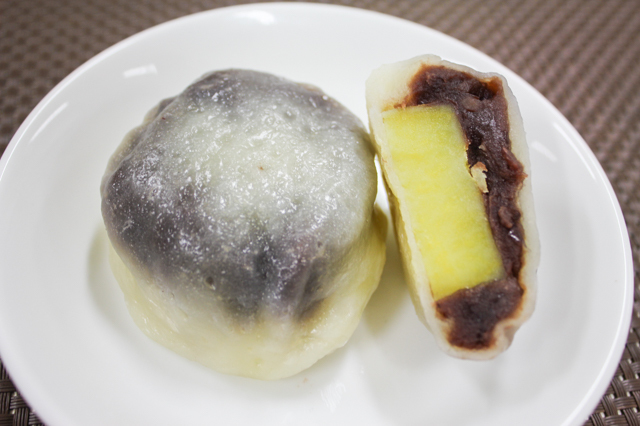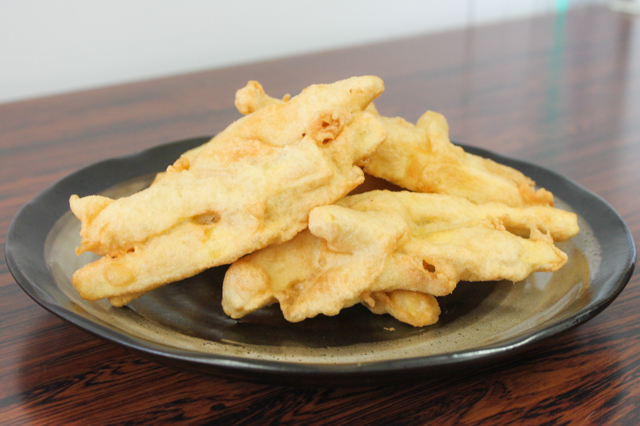Kumamoto

The Rich Cuisine and Regional Color of the Nature-Blessed Land of Fire
Because of its active volcano Mt. Aso, Kumamoto Prefecture is called the Land of Fire. Kumamoto is located in the center of the Kyushu region, with Mt. Aso in the northeast and the Ariake and the Yatsushiro (Shiranui) seas in the west. The Amakusa Islands are connected by the Five Bridges of Amakusa to the tip of the Uto Peninsula that projects out into the sea. Formerly called the Land of Higo, it was a territory once governed by the military commander Kiyomasa Kato in the Edo Period. Kumamoto Castle, constructed by Kiyomasa 400 years ago, was heavily damaged during the Kumamoto Earthquake in April of 2016.
All of Kumamoto Prefecture is subject to the weather of its Pacific Ocean coastline, and areas outside of Aso have a yearly average temperature of 59 to 62 degrees. There is a large temperature difference between summer and winter, due to winter’s short daylight hours. There are also quite a few differences between the region's climates, due to the many various mountains, seas, plains, and islands.
Kiyomasa Kato, who the citizens of Kumamoto Prefecture affectionately call Mr. Seishoko, is a hero who rebuilt the prefecture after its destruction during conflicts in the Azuchi-Momoyama to early Edo Periods. Known as a man of great ideas, he freely poured his efforts and the leading technologies of the time into building the famous Kumamoto Castle in 1607.
One of Kiyomasa’s great achievements was his flood prevention project. His original techniques were created with his efforts to improve every river in the province and developing new rice fields. It’s because of Kiyomasa that places like Aso City, Kikuyo Town and Otsu Town are known as rice producers. Shira River flows from Aso to Kumamoto City, and that river basin is a grain-producing region now because traces of Kiyomasa’s flood prevention projects are still there. Irrigation channels like the Babagusu-Ite (Hanaguri-Ite) in Kikuyo Town are now tourist attractions that were added to the ‘World Heritage Irrigation Structures’ list in 2018.
Kiyomasa left all sorts of effects on food culture as well. For example, in Kyushu, natto consumption is highest in Kumamoto Prefecture because of a story that during the time of the Imjin War, Kiyomasa carried simmered soybeans that fermented into natto. The beans were wrapped in straw and fermented by his horse’s body heat. He ate them and liked it, and there are even people today who call them koru-mame (“these beans”), after the way he said in his accent, ‘What are these beans?’ Stories about the kettle-toasted tea culture of the Korean artisans brought over to work on Kumamoto Castle, horse-meat sashimi that is typical of the prefecture, and even Korean candy have anecdotes tied to Kiyomasa. There is a towering bronze statue wearing an impressive eboshi at the entrance to Kumamoto Castle celebrating these great contributions.

Traditional Foods in Kumamoto

Our Regional Cuisines
in Kumamoto
This is a list of Kumamoto prefecture's local dishes
introduced in "Our Regional Cuisines."
*Clicking on the image will take you to "Our Regional Cuisines."

